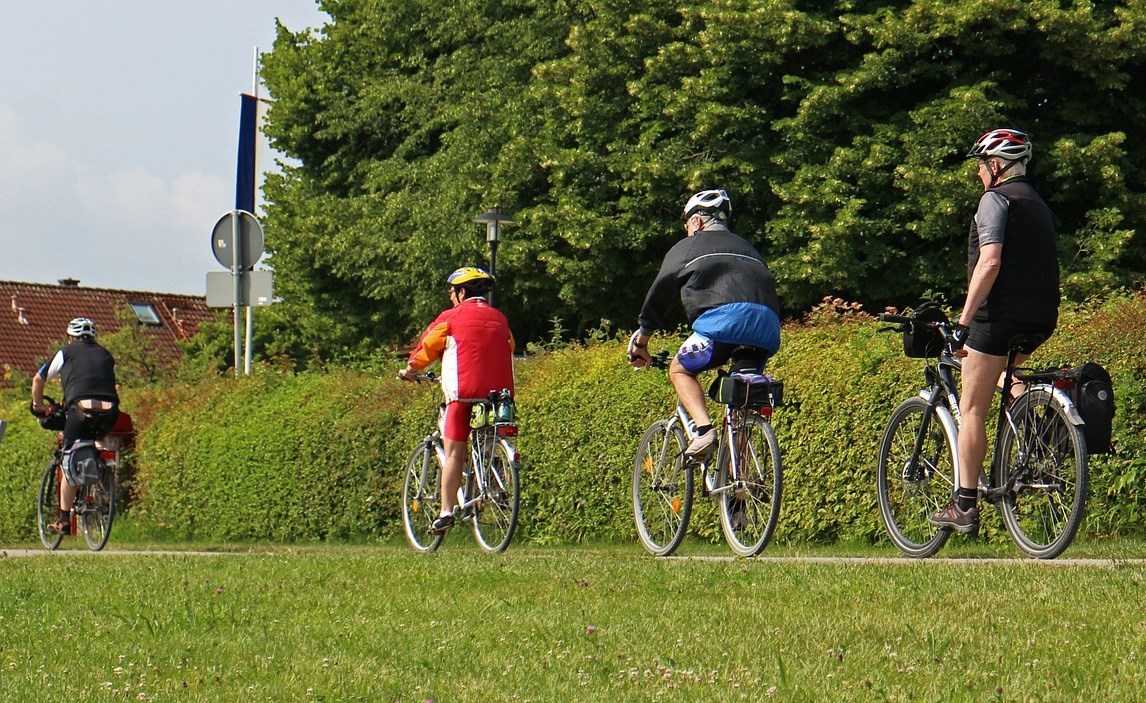Rare Serpentine Barrens Are Highlight of Nottingham Park
The first in Chester County (dedicated in 1963), the 731-acre Nottingham Park sits on more than a square mile of serpentine stone – one of the largest serpentine barrens on the East Coast. The land was formerly the site of feldspar and serpentine quarries as well as chromite ore mines. One of these feldspar quarries has been filled with water and is now known as the Mystery Hole.

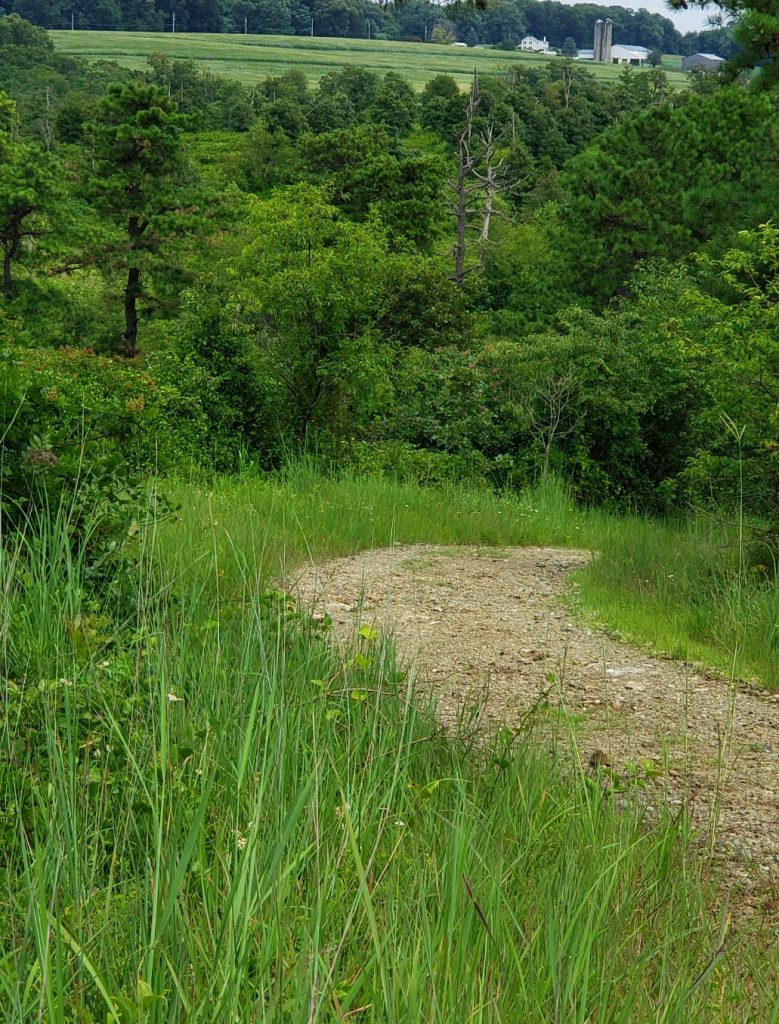
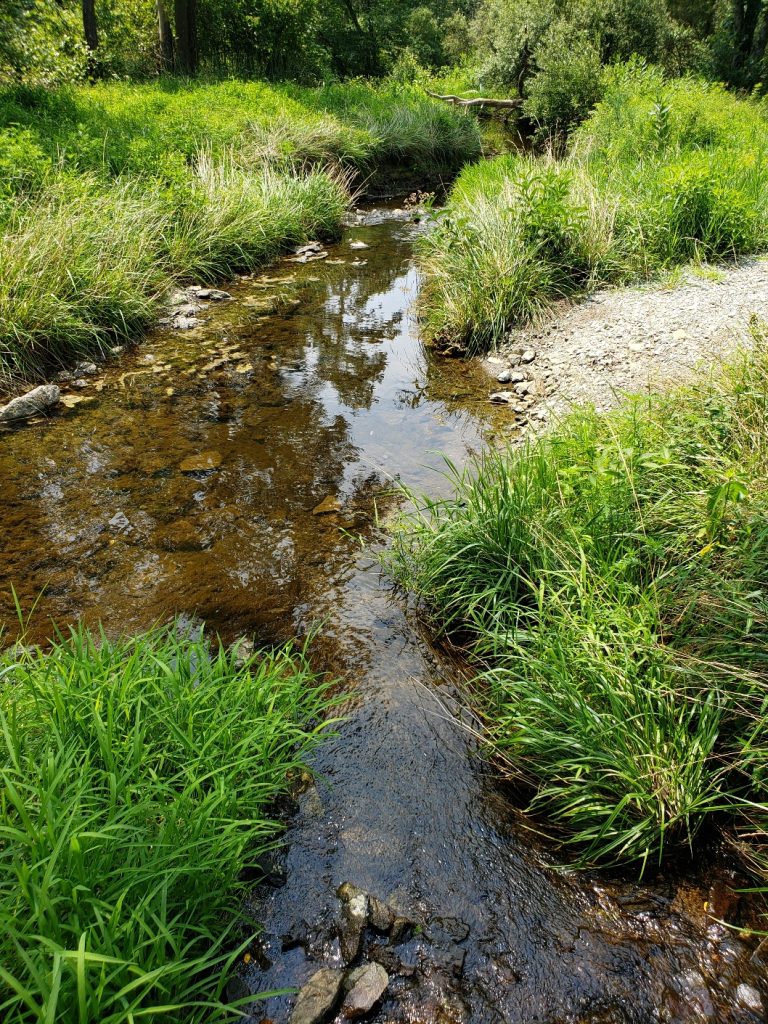
The park has 6 named trails and an 18-station fitness trail. The 3.37-mile Buck Trail traverses the highest elevation of the park, sometimes running across the park borders. The trails are used by hikers, bicyclists and equestrians who can create a loop back to the parking lot by using other trails. The trails are hilly in spots and may be muddy after a rain. The portions of the trail on the exposed serpentine barrens are (understandably) unshaded, but other parts of the trails are forested. It’s not uncommon to hear and see wildlife nearby.
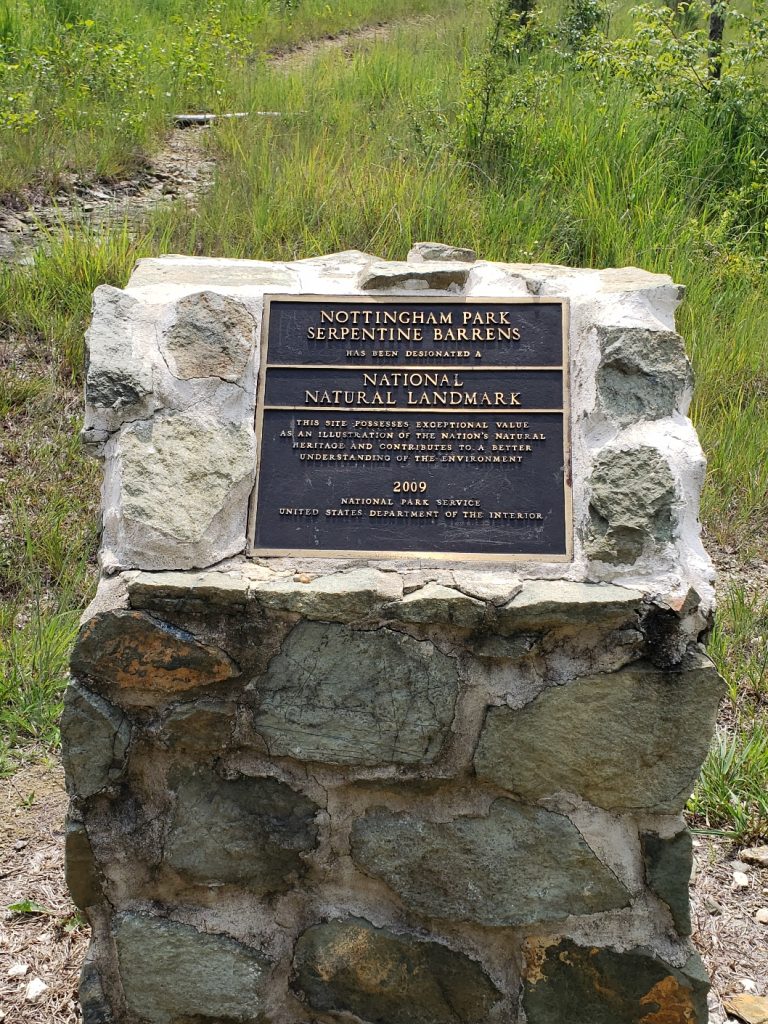
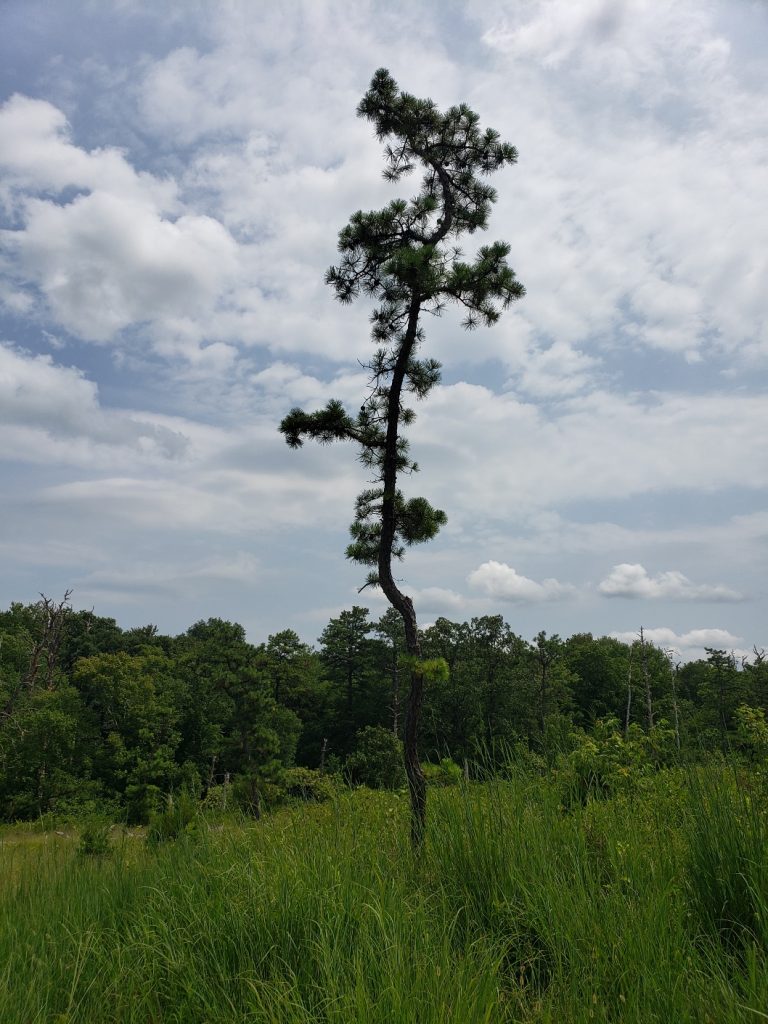
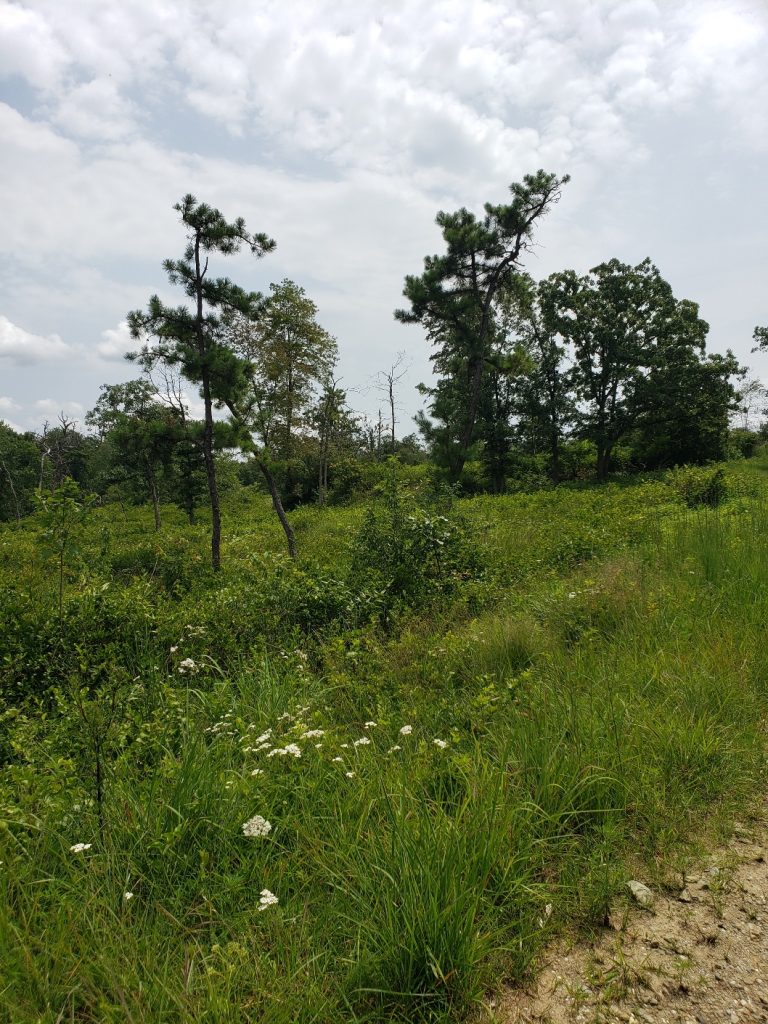
Nottingham Park was named a National Natural Landmark in 2008 due to its “unique vegetation communities that contain many rare and endemic species, including one of the northernmost occurrences of fame flower” and “one of the state’s largest stands of pitch pine forest.”
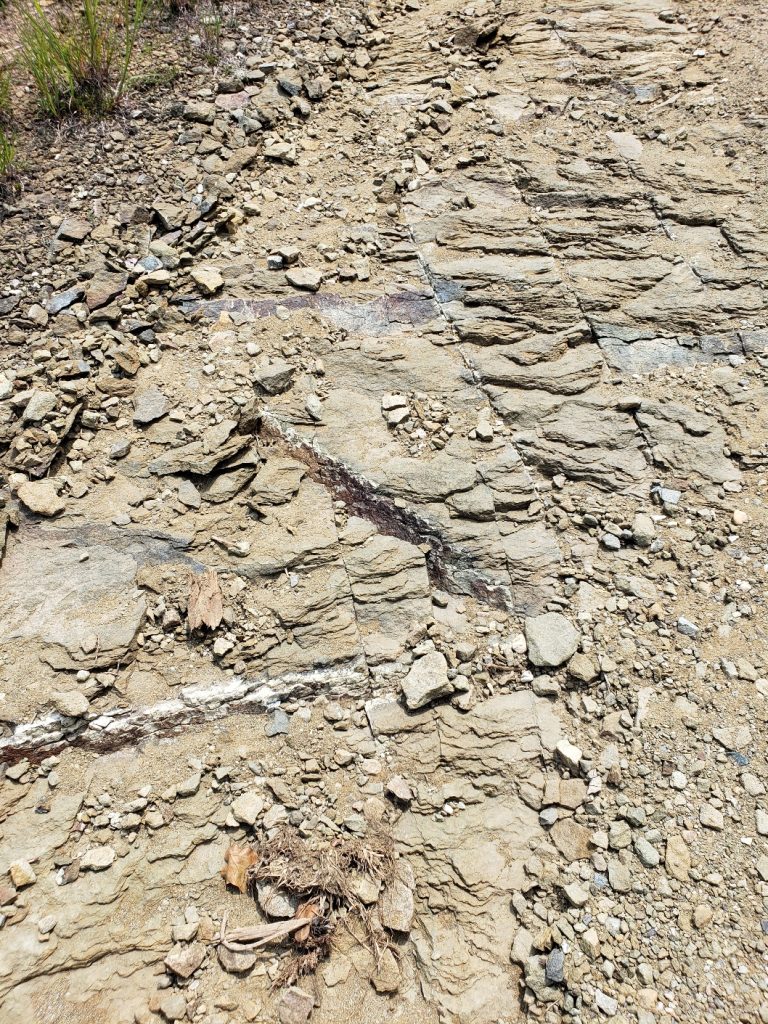
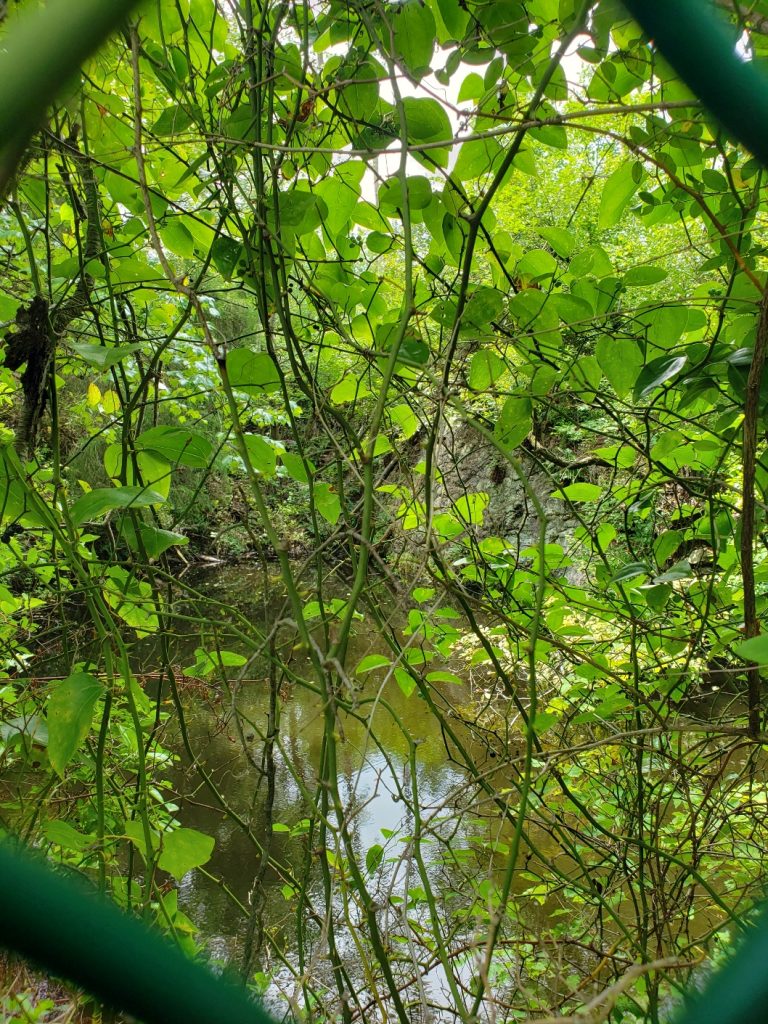

Serpentine is a light-green rock that is found in only three areas of North America. (The other two areas are Gros Morne at the northern end of the Appalachian Mountains and Soldiers Delight Natural Environmental Area in Maryland.) It is low in nutrients and high in metals, so most common plants cannot survive in its proximity. Serpentine barrens often contain scrub oak, pine, cedar and wildflowers otherwise not seen in the area. It isn’t uncommon to find plants so rare that not only are they not found in surrounding areas, but only exist in a few locations globally. Nottingham Park is part of the 60-square mile area along the Pennsylvania/Maryland border that is referred to as the State Line Serpentine Barrens.




